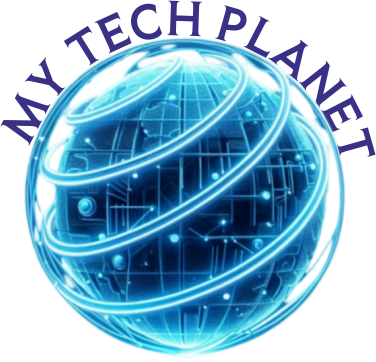Open-Source AI: Driving Innovation and Collaboration (Post-2025)
Open-source AI has emerged as a significant force, fostering innovation and collaboration across industries. This article explores the transformative impact of open-source AI, its key drivers, benefits, and future prospects in the post-2025 era.
What is Open-Source AI?
Open-source AI refers to artificial intelligence technologies—including algorithms, models, and frameworks—that are accessible to the public. These resources are typically available under licenses that allow users to freely use, modify, and distribute them. This approach contrasts with proprietary AI, where the technology is closely guarded and often requires licensing fees.
Key Components of Open-Source AI:
- Algorithms: Openly available code for machine learning, deep learning, and other AI techniques.
- Models: Pre-trained AI models that can be used as-is or fine-tuned for specific applications.
- Frameworks: Software libraries and tools that simplify the development and deployment of AI solutions.
- Datasets: Publicly available datasets used for training and evaluating AI models.
The Rise of Open-Source AI: Key Drivers
Several factors have contributed to the growing prominence of open-source AI:
- Community Collaboration: Open-source projects thrive on collaboration, with developers, researchers, and organizations contributing to the collective knowledge base.
- Accessibility and Affordability: Open-source AI lowers the barrier to entry, making AI technologies accessible to a broader audience, including startups and researchers with limited resources.
- Transparency and Trust: Open-source AI promotes transparency, allowing users to inspect the code and understand how models work, fostering greater trust and accountability.
- Rapid Innovation: The open nature of these projects encourages rapid experimentation and innovation, as developers can quickly build upon existing work and adapt it to new challenges.
- Avoiding Vendor Lock-in: Organizations can avoid being tied to specific vendors, reducing dependency and increasing flexibility in technology choices.
Benefits of Open-Source AI
The adoption of open-source AI offers several advantages:
- Cost Savings: Open-source AI reduces licensing costs, making AI development more affordable.
- Customization: Users can modify and adapt the code to meet their specific needs, resulting in more tailored solutions.
- Faster Development: Open-source frameworks and pre-trained models accelerate the development process.
- Enhanced Security: Community review and scrutiny can lead to quicker identification and resolution of security vulnerabilities.
- Innovation: Open-source AI fosters a culture of innovation by encouraging experimentation and knowledge sharing.
Challenges and Considerations
While open-source AI offers numerous benefits, it also presents certain challenges:
- Maintenance and Support: Open-source projects rely on community support, which may not always be as reliable as commercial support.
- Licensing Issues: Understanding and complying with different open-source licenses can be complex.
- Quality Control: The quality of open-source AI models and tools can vary, requiring careful evaluation.
- Security Risks: Although community review can enhance security, open-source projects are still vulnerable to malicious code and attacks.
- Integration Challenges: Integrating open-source AI with existing systems can be complex and require specialized expertise.
Open-Source AI in 2025 and Beyond
Looking ahead, open-source AI is poised to play an even more critical role:
- Democratization of AI: Open-source AI will continue to democratize AI, making it accessible to a broader audience.
- AI Ethics and Governance: Open-source AI will facilitate the development of ethical guidelines and governance frameworks for AI.
- Advancements in Specific Domains: Open-source AI will drive innovation in areas such as healthcare, finance, and autonomous systems.
- Collaboration Between Industry and Academia: Open-source AI will foster greater collaboration between industry and academia, accelerating research and development.
- Edge AI and IoT: Open-source AI will enable the development of AI solutions for edge computing and the Internet of Things (IoT).
Conclusion
Open-source AI is revolutionizing the field of artificial intelligence, driving innovation, and fostering collaboration across industries. By understanding its key drivers, benefits, and challenges, organizations can leverage open-source AI to build powerful and sustainable solutions. As we move further into the post-2025 era, open-source AI will undoubtedly continue to shape the future of AI and its impact on society.





